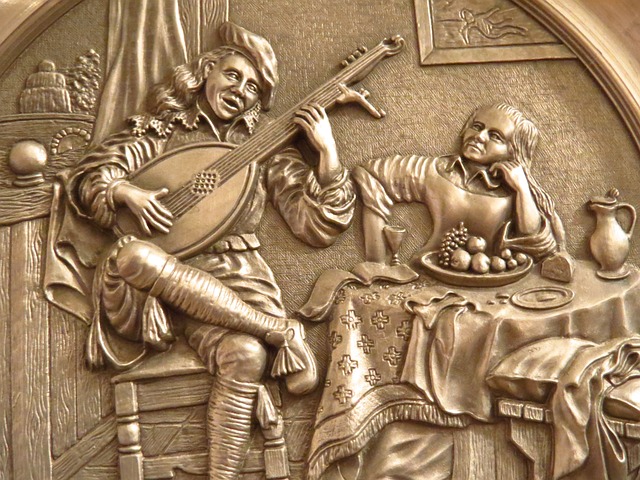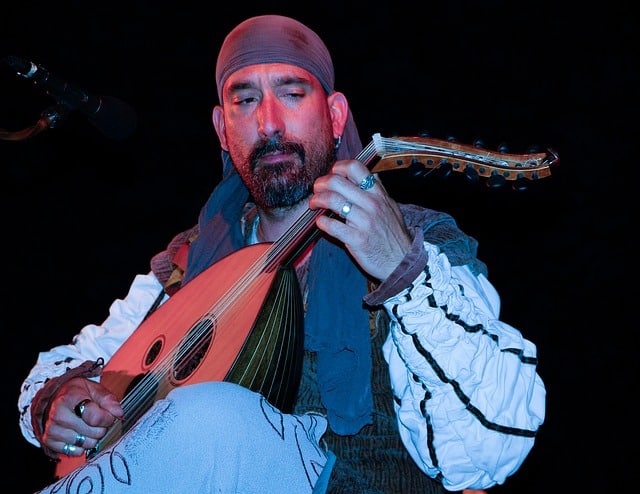
The cantiga is a form of sung poetry from the Middle Ages.
The poetic work that, in ancient times, was intended for singing is known as cantiga . The term can also be mentioned as cántiga , with an accent on the first A , according to the Royal Spanish Academy ( RAE ) in its dictionary.
medieval poetry
A cantiga or cántiga, therefore, was a poetry that was sung in the Middle Ages . The authors of the cantigas used to be the troubadours , who were in charge of writing the lyrics and composing the music. Sometimes it was the troubadours themselves who sang the songs, although in other cases that task corresponded to the minstrels .
It is estimated that the cantigas emerged in the 12th century . These compositions in verse and set to music were usually collected in songbooks .
The cantigas became one of the most popular genres of the so-called Galician-Portuguese lyric . The minstrels used to tour the towns singing songs and entertaining the people. The troubadours also entertained the population, although their performances generally also had an educational intention.
Depending on your theme
There were various types of songs depending on the theme . The songs of derision , the songs of friend and the songs of love were among the most widespread.
Let's start with the song of derision, which is related to cursing . It is a satirical genre from the Middle Ages in which the author offers criticism using not very direct language, which the audience must decode to receive the original message . Cursing, on the other hand, does not cover up insults. Although they are two different types, they usually appear interchangeably in songbooks.
Secondly we have the cantiga de Amigo, which was written to be sung. It emerged in the north of the peninsula, but in a short time it reached several parts of Castile. Its main theme is the lament of a woman in the absence of the man she loves, to whom she had to say goodbye. She does it full of melancholy , in a conversation with her friends, with her mother or addressing nature.
That of love belongs to the aforementioned Galician-Portuguese poetry and originated in troubadour literature in the language of oc (the so-called Occitan ). It focuses on courtly love , a medieval concept that presents this feeling in a noble, chivalrous and sincere way. It describes the passion that the protagonist feels for a woman who, in general, is unattainable for him.
According to its structure
Another classification of the cantiga, which studies it according to its structure, recognizes the following two types:

The cantiga could be performed by the troubadour or by a minstrel.
* proverb : it was created by the Provençal troubadours. Generally, it has four stanzas and its chorus is characterized by developing regressively, that is, the final verse of the stanzas takes us to it;
* master's degree : it has a cultured origin and a progressive composition.
In both cases we find verses of the same types, which could be octosyllables or decasyllables. Regarding the rhyme, it was always consonant. Another concept that can be seen in both proverb songs and master songs is parallelism : the parallel distribution of sentences, phrases and words with the aim that the text is perceived with a sequential rhythm .
Cantigas de Santa María
The Cantigas de Santa María are among the best known. This is a manuscript by King Alfonso X the Wise that includes more than four hundred compositions dedicated to the Virgin Mary . Many of these songs relate miracles attributed to the mother of Jesus , since Marian devotion was expanding at that time. Alfonso X the Wise , in this context, encouraged minstrels to sing in honor of the Virgin.
